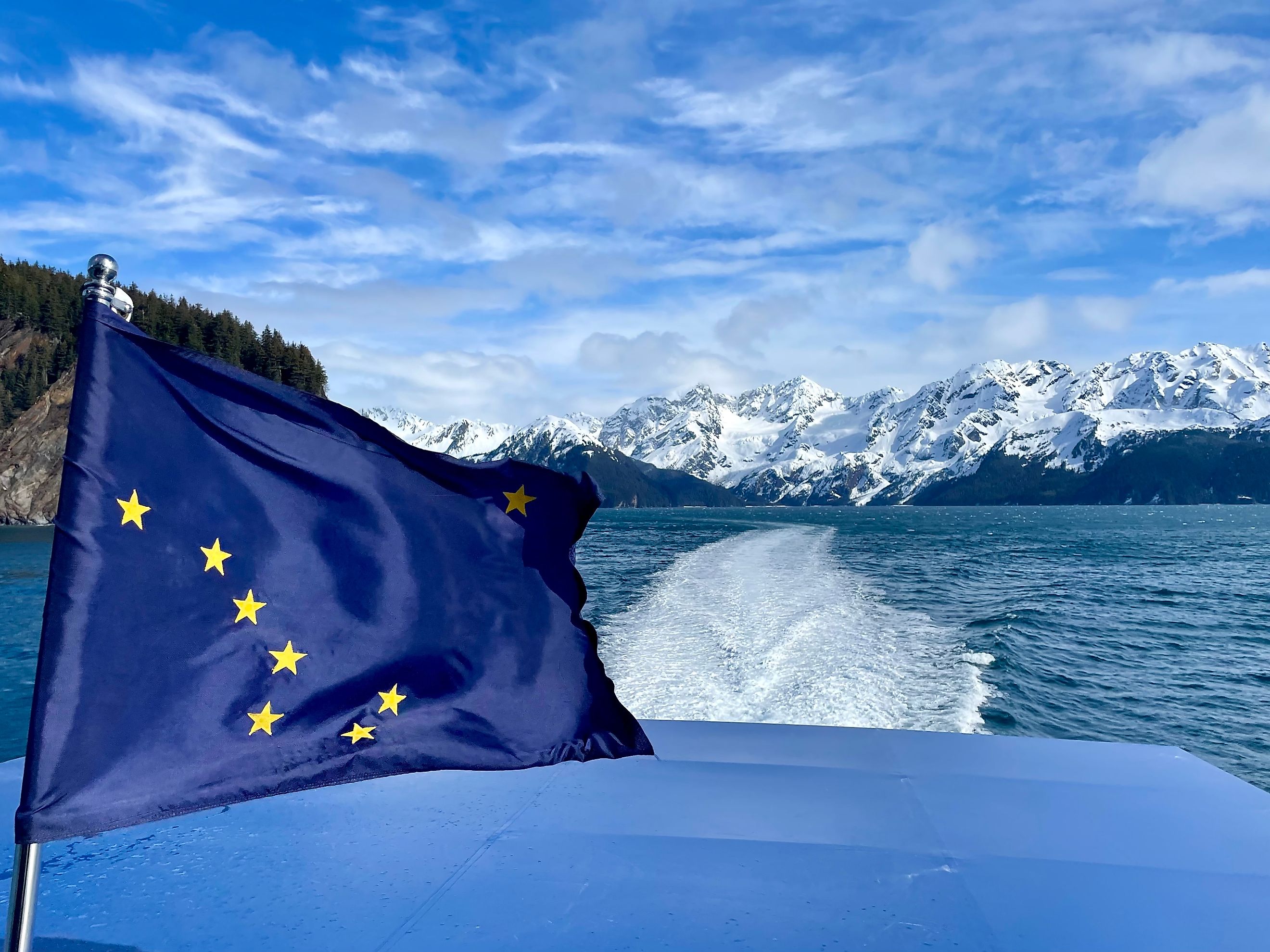
7 Bizarrely Named Towns In Alaska
Alaska, the Last Frontier, is known for its untamed wilderness and quirky charm, reflected in the names of its towns. These places aren't just amusingly titled; they also boast unique histories and activities. Take a trip to Chicken, where you can pan for gold and explore historic dredges, or visit the North Pole, where the holiday spirit is alive year-round with Santa-themed attractions. This article delves into seven Alaskan towns with peculiar names, diving into their origins and highlighting must-visit spots in each.
Chicken
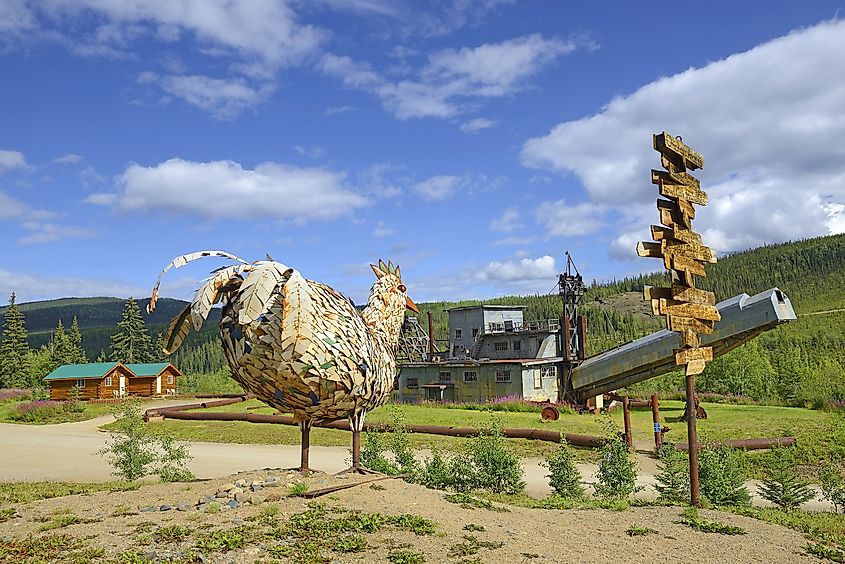
The name “Chicken” stems from a practical but hilarious misstep. Early miners in the area wanted to name the town after the ptarmigan, a bird common to the region, but they couldn’t agree on the spelling. To avoid embarrassment, they settled on “Chicken” instead. This tiny town, with a population of fewer than 20 people, is a favorite for its quirky charm and gold-mining history.
Visitors can tour the Pedro Dredge, a historic gold mining dredge, or try their hand at panning for gold at Chicken Gold Camp. For a taste of the wilderness, hike the nearby Top of the World Highway, which has panoramic views of the surrounding tundra. Every summer, Chicken hosts the zany Chickenstock Music Festival, a family-friendly event with live music, dancing, and local crafts.
Unalaska
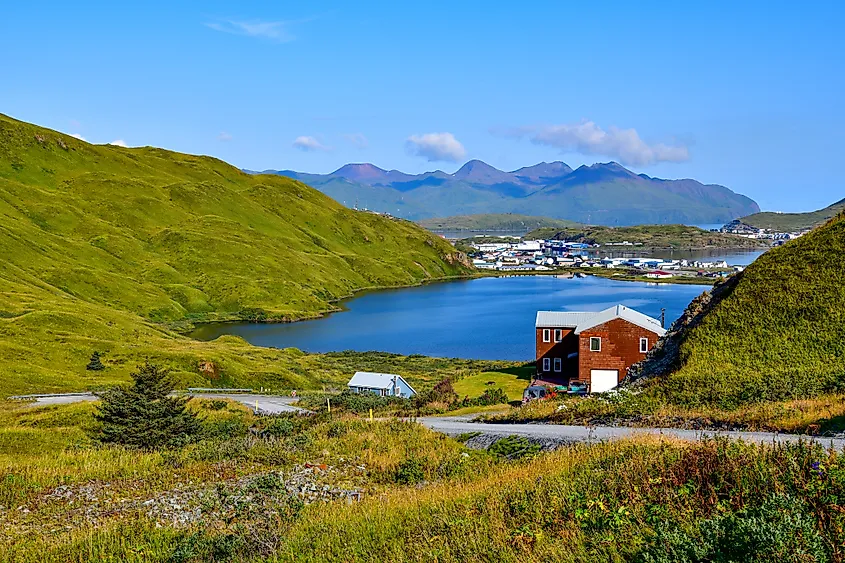
Despite its misleading name, Unalaska is a vibrant community located in the Aleutian Islands, home to around 4,500 residents. The name derives from the Aleut word “Ounalashka,” meaning “near the peninsula.” Unalaska boasts a history as a key port in World War II and a center of Aleut culture.
A must-see is the Museum of the Aleutians, which showcases artifacts and stories from the region’s indigenous people. For outdoor enthusiasts, the Bunker Hill Trail leads to remnants of WWII bunkers and offers views of the harbor. Don’t miss the Russian Orthodox Church of the Holy Ascension, one of the oldest and most iconic churches in Alaska, with its white walls and green domes standing in striking contrast to the rugged landscape.
North Pole
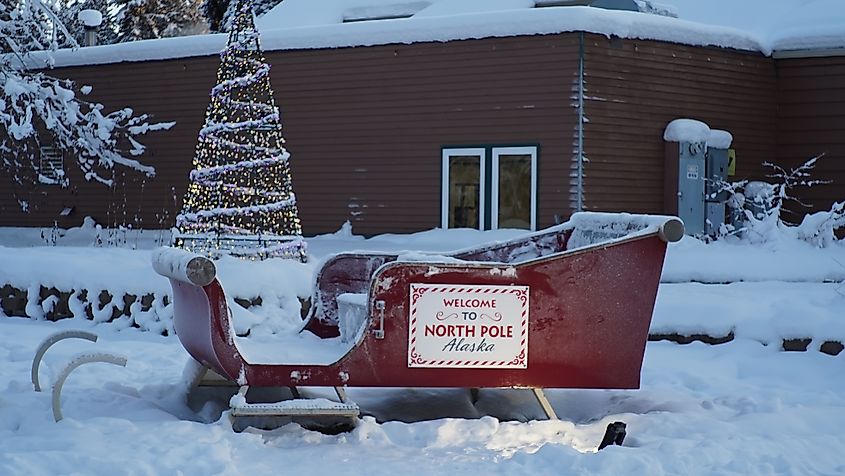
Located just outside Fairbanks, North Pole is a year-round Christmas town that fully embraces its festive name. While the town isn’t located at the geographic North Pole, it earned its name from early developers hoping to attract toy manufacturers. Today, its population of about 2,200 residents leans heavily into the holiday theme.
The main attraction is Santa Claus House, a magical shop where visitors can meet Santa himself, browse holiday-themed goods, and mail postcards stamped with a North Pole postmark. Another highlight is the Christmas in Ice festival, held every winter, featuring ice carving competitions and sparkling sculptures. Nearby, the Chena Lakes Recreation Area offers activities like fishing, hiking, and picnicking amidst scenic beauty.
Whittier
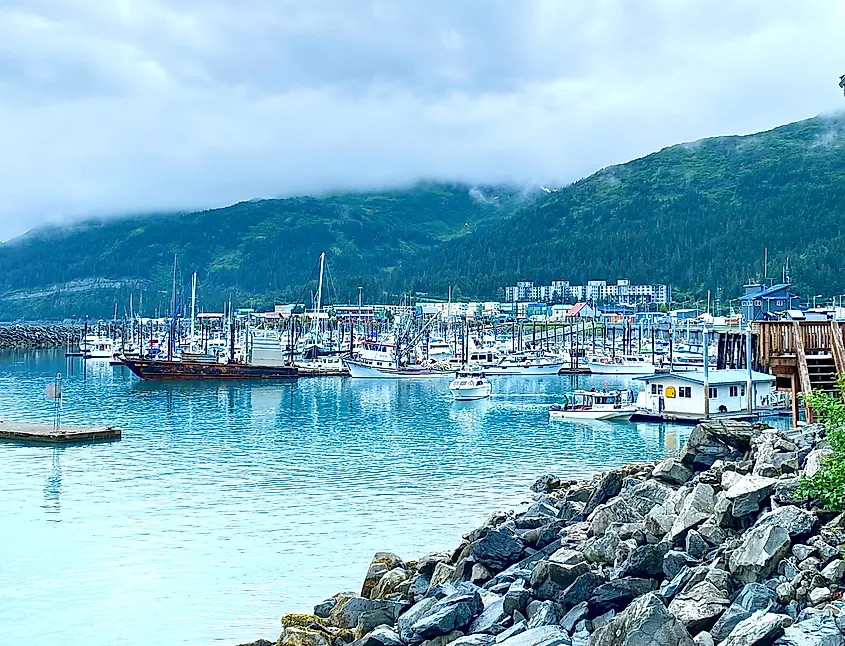
Whittier, located on the western side of Prince William Sound, has an intriguing name that reflects its early history. The town was named after American poet John Greenleaf Whittier, though its founding had more to do with strategic importance during World War II than poetry. With fewer than 300 residents, Whittier is known as the "town under one roof" because most of its population lives in a single building, the Begich Towers.
The Anton Anderson Memorial Tunnel is the longest highway tunnel in North America and is an experience in itself. It connects Whittier to the rest of Alaska. From Whittier, you can embark on a Prince William Sound Glacier Cruise, which provides close-up views of towering icebergs and marine wildlife like seals and humpback whales. Another highlight is the Whittier Museum, which offers insights into the town's unique military and cultural history.
Ketchikan
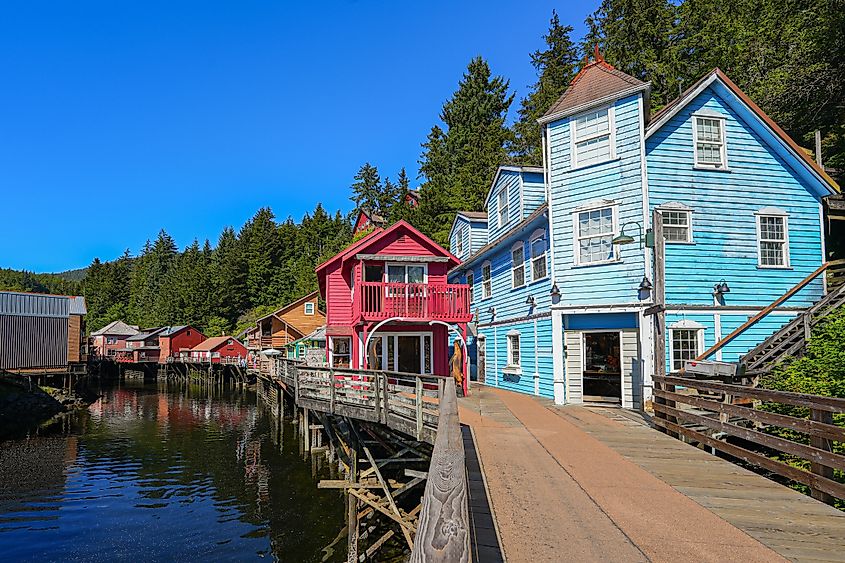
While Ketchikan’s name might not seem bizarre at first glance, its origin has an intriguing twist. The name derives from the Tlingit word “Kitschk-hin,” meaning “thundering wings of an eagle.” Known as the "Salmon Capital of the World," this town of approximately 8,000 residents is surrounded by breathtaking waterways and forests.
The standout attraction is Totem Bight State Historical Park, where you can see beautifully restored Tlingit and Haida totem poles while learning about their cultural significance. Another must-visit is Creek Street, a historic boardwalk that was once a red-light district and is now filled with shops and restaurants. For outdoor lovers, Misty Fjords National Monument has dramatic cliffs, waterfalls, and serene fjords, accessible by boat or floatplane.
Ninilchik
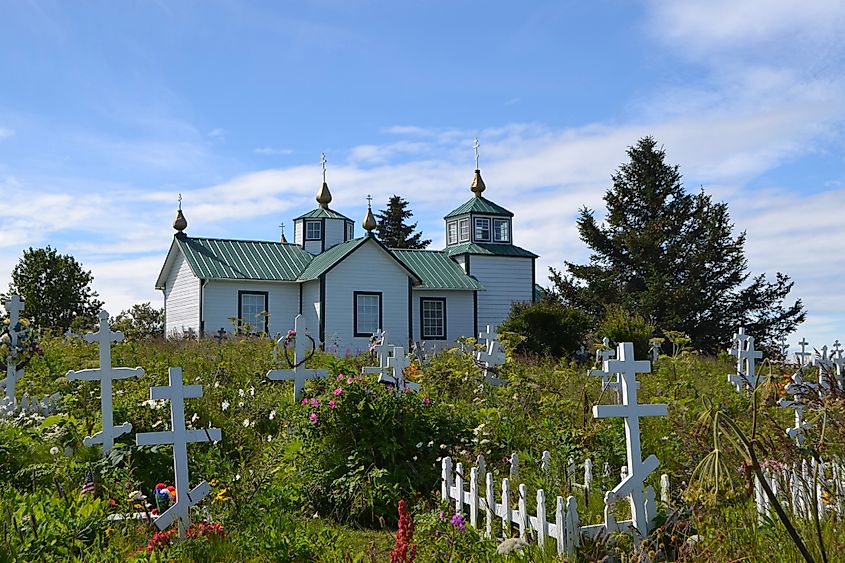
Ninilchik, a small community on the Kenai Peninsula with around 800 residents, gets its name from the Dena'ina Athabaskan word “Niqnalchint,” meaning “peaceful settlement by a river.” Founded as a Russian fishing village in the 19th century, Ninilchik retains its old-world charm and picturesque setting by Cook Inlet.
A key attraction is the Russian Orthodox Church of the Transfiguration, perched on a hill overlooking the town and offering sweeping views of the coastline. For fishing enthusiasts, the Ninilchik River is renowned for salmon runs, making it a perfect spot for angling. Additionally, Deep Creek Beach is a fantastic location for clam digging, beachcombing, and enjoying the backdrop of volcanic peaks like Mount Iliamna on Lliamna Lake.
Coldfoot
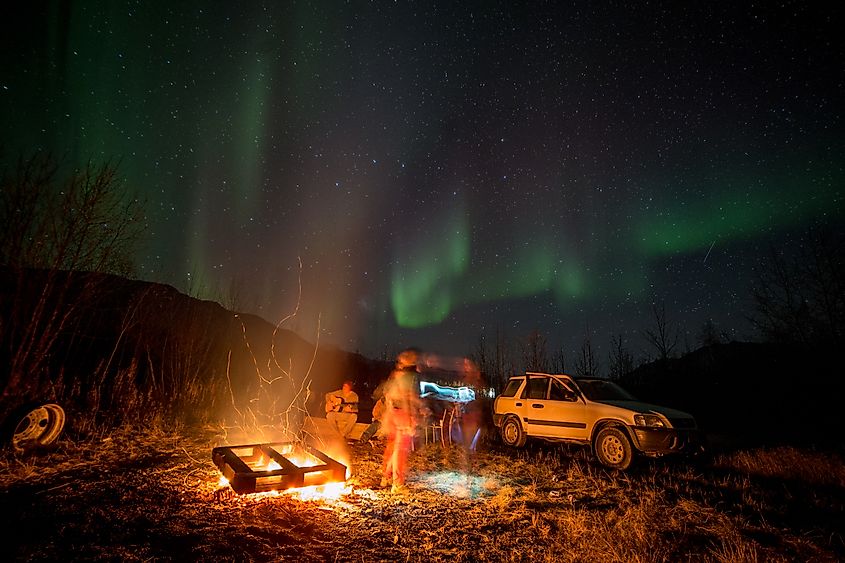
Coldfoot, a tiny stop along the Dalton Highway with a population of fewer than 20, owes its amusing name to prospectors who, in 1900, turned back due to the harsh conditions, claiming they’d “gotten cold feet.” This remote community is a gateway to the Brooks Range and the Arctic Circle.
Visitors can check out the Arctic Interagency Visitor Center, which has exhibits on the region’s unique geology, wildlife, and history. For a true wilderness adventure, take a guided tour to the Gates of the Arctic National Park, one of the most remote and pristine parks in the U.S. Coldfoot is also one of the best places in Alaska to witness the Aurora Borealis, particularly during the winter months when the northern lights dance across the sky.
In Summary
Alaska’s towns don’t just have quirky names—they’re also packed with history, culture, and stunning landscapes. From Chicken’s gold-mining heritage and Unalaska’s Aleutian history to Coldfoot’s arctic wilderness, these seven destinations blend natural beauty with fascinating stories. Whether you’re looking to hike through national parks, fish in salmon-rich rivers, or immerse yourself in local culture, these bizarrely named towns promise adventures as memorable as their monikers. So pack your bags and prepare to explore the quirks and wonders of Alaska!











